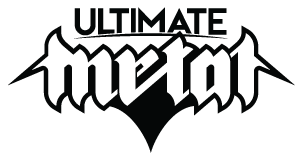I was wondering if someone might explain to me just what a tube saturator is supposed to do for you tone-wise.
I DL'd one and added to my signal chain, but I'm having a hard time hearing any discernible change in my guitar tone.
The particular one I DL'd has a Shaper/ Drive/ Output toggle. I tried using each function, but, like I said, couldn't really discern any noticeable differences in my tone when using them.
Any advice would be appreciated.
Thanks
I DL'd one and added to my signal chain, but I'm having a hard time hearing any discernible change in my guitar tone.
The particular one I DL'd has a Shaper/ Drive/ Output toggle. I tried using each function, but, like I said, couldn't really discern any noticeable differences in my tone when using them.
Any advice would be appreciated.
Thanks

